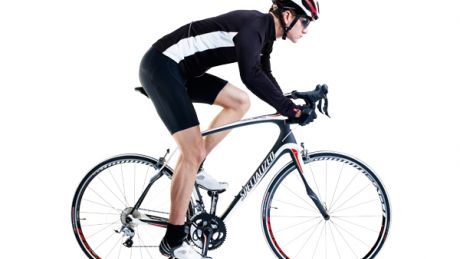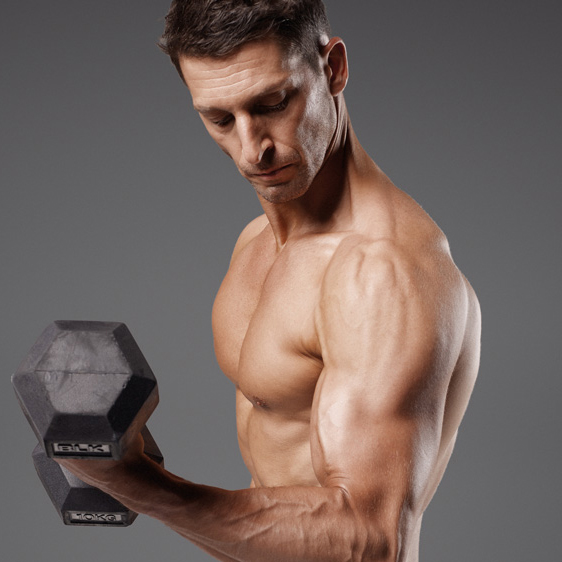Tim Don’s Cycling Efficiency Tips
Olympic triathlete and 2006 ITU triathlon world champion Tim Don explains how to ride faster for less effort.

“Cycling efficiently can make a big difference to your performance but it’s often overlooked,” says Tim Don. “We’ve all been tempted to buy some new fancy kit to make us go faster – but it’s usually easier, not to mention cheaper, to get faster by simply changing how you ride.”
Think of this in running terms – what happens when you over-stride every step or take tiny shuffle steps? Your heart rate goes through the roof and it’s hard going. Here are some tips on how you can ride faster without splashing out on the latest flashy hi-tech kit.
Keep your body still
Sprinters may sway vigorously from side to side at the end of a race, but try doing this the whole time! Watch the best in the world and they’ll look like ducks on the water: from the hips up it appears that they’re not moving at all, but under the water they’re paddling like crazy. Keep your upper body as still and relaxed as possible so that your legs can pump up and down efficiently, putting all the energy straight through the pedal.
Sort the saddle
With the pedal at its lowest point, your heel should rest on it with only a very slight bend in your knee. This is the most comfortable position for most cyclists, but ask a mate whether you look comfortable in the saddle. It’s often worth getting a second opinion to make sure you have the best set-up.
Keep the cadence
There is no definitive number for optimal cadence, but always try to stay between 90 and 100rpm. You also need to be smart with your gears. There’s no point using a really low gear and then struggling to get up a hill or coasting down the other side in a too-high gear. I use a Garmin Edge 500 to measure my cadence, speed and a host of other data that I can then download and analyse afterwards.
Get clipless pedals
If you don’t have these, buy some now! I can’t express just how much faster you’ll be, because you’ll be able push down and pull up on the pedals. This means you’ll put more power through every turn and be instantly faster for the same effort. Seriously, this is the biggest advantage you can get.
Handlebar height
When you’re sitting on the saddle and holding the handlebars, the front wheel hub should be entirely hidden by the stem. If you can see the hub then the handlebars are either too high or low and this can affect your efficiency and aerodynamics.
Get the Coach Newsletter
Sign up for workout ideas, training advice, reviews of the latest gear and more.
Brake smart
How often do you see guys hammer it down the straight before braking sharply at corners? What a waste of energy! Always take the best line, avoiding potholes or obstacles that cause you to brake, and be conservative at corners. Brake softly and earlier to take the corner at speed, before accelerating out of it. Over the course of a ride there may be dozens of corners and you’ll save a bit of time on all of them.
Tyre pressure
A lot of cyclists pump up their tyres to be as hard as possible, around 140psi, but on technical, twisty roads like we have in the UK this gives you a higher chance of coming off. I’d stick to between 105 to 110psi, but check this once a week – along with any little nicks that could cause punctures – because tyres inevitably lose pressure over time. If it’s wet, drop the pressure to nearer 100psi.
This article was first published 18th February 2011

Joe Warner is a highly experienced journalist and editor who began working in fitness media in 2008. He has featured on the cover of Men’s Fitness UK twice and has co-authored Amazon best-sellers including 12-Week Body Plan. He was the editor of Men’s Fitness UK magazine between 2016 and 2019, when that title shared a website with Coach.
